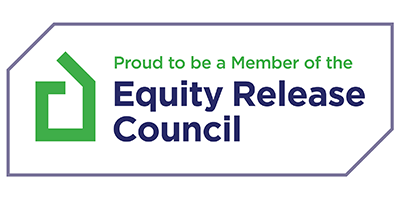In this article
When applying for a buy-to-let mortgage, lenders take a different approach than they do for residential mortgages.
Rather than focusing solely on your personal income, they assess the property’s potential to generate rental income.
The rental income is a key factor in determining how much you can borrow, as it helps lenders gauge whether you can cover the mortgage repayments.
Rental Income and Stress Testing
The expected rental income from the property is a central consideration for lenders. Generally, they require that the projected rent covers between 125% and 145% of the monthly mortgage repayments.
This ratio, known as the Interest Coverage Ratio (ICR), ensures that landlords have enough income to cover not only the mortgage payments but also other potential costs, such as maintenance and periods of vacancy.
To establish whether you qualify, lenders use a stress test. This involves applying a higher interest rate than the one offered on the mortgage to check if you could still manage the payments in a less favourable economic climate.
Those planning to release equity from a buy-to-let property will need to meet these same stress-test criteria, demonstrating that the rental income remains sufficient under various scenarios.
Speak to an Advisor – It’s Free!
Schedule a free callback from one of our experts today.
- All situations considered
- Transparent and honest mortgage advice
- We search 1000s of purchase and remortgage deals
Our customers rate us 4.9/5
Personal Financial Considerations
While rental income drives the borrowing amount, personal financial circumstances can still play a role. Lenders may consider your overall financial health, including savings, other properties, and debts.
This assessment can be particularly relevant if you have a portfolio landlord mortgage, where multiple buy-to-let properties are part of your investment strategy.
Here, lenders often evaluate the collective rental yield of your portfolio and may apply stricter criteria for overall debt coverage and risk exposure.
Some lenders will also examine your personal income in cases where the rental income slightly falls short of their preferred criteria.
This approach can be helpful if you are aiming to remortgage or switch to a buy-to-let mortgage.
Loan to Value (LTV) Ratio and Deposit Requirements
The deposit size significantly impacts how much you can borrow. Typically, buy-to-let mortgages require a deposit of at least 20-25% of the property’s value.
The Loan to Value (LTV) ratio, which represents the percentage of the property’s value that you are borrowing, can influence a lender’s willingness to extend a loan. Lower LTVs are often viewed favourably, as they reduce risk for lenders.
For more complex properties, such as buy-to-let auction properties, or conversions to HMO mortgages (Houses in Multiple Occupation), higher deposits may be requested due to perceived risks.
Type of Buy to Let Mortgage
The type of mortgage you select affects your borrowing capacity. Many buy-to-let investors prefer interest-only mortgages, which reduce monthly outgoings and maximise cash flow.
Interest-only options, however, require a robust plan for repaying the original loan balance at the end of the term.
If you’re considering a holiday let mortgage or refurbishment buy-to-let mortgage, there may be additional lender stipulations regarding rental yields and project timelines.
Other Important Factors
Lenders will assess your credit history as part of their lending criteria. Poor credit can complicate the process, but some lenders specialise in providing options for those with a less-than-perfect record.
Specific products, such as buy-to-let mortgages for over 50s, address the unique needs of older borrowers, focusing on affordability in retirement and tailored borrowing terms. This flexibility can help older landlords maintain or expand their property portfolios.
Lenders use a detailed approach when determining how much you can borrow for a buy-to-let. By evaluating rental income, applying stress tests, considering your overall financial picture, and looking at the property’s potential, they create a balanced assessment of risk and affordability.







